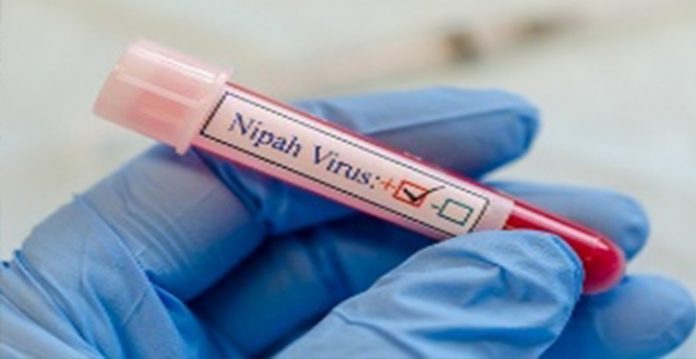While Kerala is battling the pandemic to keep its covid numbers at bay, the state witnessed the return of a previous enemy that kills atleast 3 of the 4 people it latches on to. The Nipah virus killed a 12-year-old boy in Kozhikode on September 5th. He had very similar symptoms like those which were presented in patients during Nipah’s 2018 outbreak.
His samples came positive from the National Institute of Virology, Pune for the deadly virus that causes encephalitis (inflammation and swelling of the brain) and myocarditis (inflammation of heart muscles) in humans.
In a statement released by the central government, a health experts’ team has been rushed to Kerala to aid in the health measures.
This isn’t the first time when Nipah has landed in Kerala. The state recorded its first and most deadly outbreak of the virus in 2018. The health ministry tackled it with contact tracing and followed the protocols for the Ebola virus.
No vaccine is yet available for the virus, making it more contagious and fatal for people infected.
It was first reported in Malaysia in 1998-1999 and is named after the village where it was found in a man. About 300 people were infected and over 100 of them died. It is believed to have emerged in farm pigs, due to which over a million pigs were killed to prevent the further spread of the virus. Though the country did not witness any other report of it over the years, Bangladesh and India witnessed multiple episodes of it. West Bengal and Kerala remain the only two states where these cases were reported.
In India, the fruit bat, also known as the “flying fox” is the reservoir of Nipah. Infected fruit bats can easily spread the disease in other animals too including dogs, cats, pigs, sheep, goats and horses.
Close contact with an infected animal- be it a bat or the other possibly infected animals- could potentially transmit the virus. It can also be spread through its body fluids like urine or saliva.
Due to this reason, fallen or half-eaten fruits should be avoided at all costs. Or if not, should be washed very well before consumption as these could be infected with the bats’ saliva.
As soon as a human contracts the virus, it spreads rapidly from person to person.
Though the WHO says the fatality rate is 40 to 75 per cent, 2018’s outbreak in Kerala had a death rate of more than 90 per cent. There were only 2 known survivors of the virus. The index case could not be proven by lab tests though he died, presumably of the virus.
In West Bengal, the virus killed every 3 out of 4 people infected with Nipah. 66 cases in total were reported during the first Nipah outbreak in West Bengal’s Siliguri in Jan-Feb of 2001.
Nadia district that shares the border with Bangladesh was the second region to witness the virus’s outbreak in India. The 2007 incident infected close to 50 people, killing 5 of them.
Symptoms of Nipah include fever, dizziness, muscle pain, cough, sore throat, respiratory issues, and nausea. These can appear from 4 days to 2 weeks after exposure to the virus. The symptoms can then progress to disorientation, mental confusion and drowsiness, quickly leading to coma within just 1-2 days.


